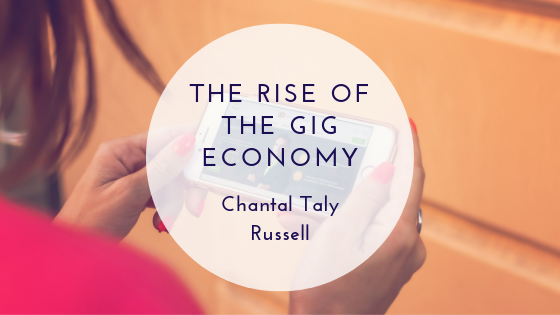There are estimates that 50% of workers will be engaged in freelance work by 2020. The gig economy made up only 10.5% of the workforce in 2005, and it has only grown from there. In this article, we will explore some aspects of the gig economy such as, why the gig economy has been growing since 2005 and who exactly makes up the gig economy.
Why Has the Gig Economy Grown?
Simply stated, advancements in technology has allowed for the rise of the gig economy. There is now the ability to connect companies with people who will do work remotely with a few keystrokes. There are now apps that allow for real-time services like Uber and Lyft that have contributed to the rise of the gig economy. The demand for services like Uber fluctuates. The way Uber and other gig-like companies are set up is that someone who has been approved by Uber can choose when to participate in this business model at any point in time.
The gig economy can also be a way to save money for employers. Employers do not have to pay gig workers any benefits through the work that they do. Those benefits become the responsibility of the gig worker. Therefore, there are no costs for health insurance, vacation pay or retirement plans that accrue to the company.
Who Works the Gig Economy?
With the lack of benefits provided to the vast majority of gig workers, it might seem that all such workers are poorly paid and poorly educated. This is not necessarily the case. Some gig workers who make deliveries or complete quick tasks on the Internet might not have many marketable skills. However, there are some consultants who are technically a part of the gig economy and who can make a very impressive amount of money for performing important tasks for companies.
There seems to be a growing number of younger workers who actually prefer working in the gig economy. These people appreciate freedom, and the gig economy gives them the opportunity to work when they need to and take time off when they need to. Therefore, those who like to travel and those who like flexible scheduling and opportunities for working remotely are more likely to actually sign up to work in the freelance arena.
Increasingly, older workers are also entering the gig economy. Many workers in their 50s and 60s are concerned they’ll have little available for retirement. Taking on a few gigs outside of their normal jobs is a great way to earn some money that can go into a retirement account. The gig economy has definitely grown in recent years, and it’s likely the trend will continue into the foreseeable future.

